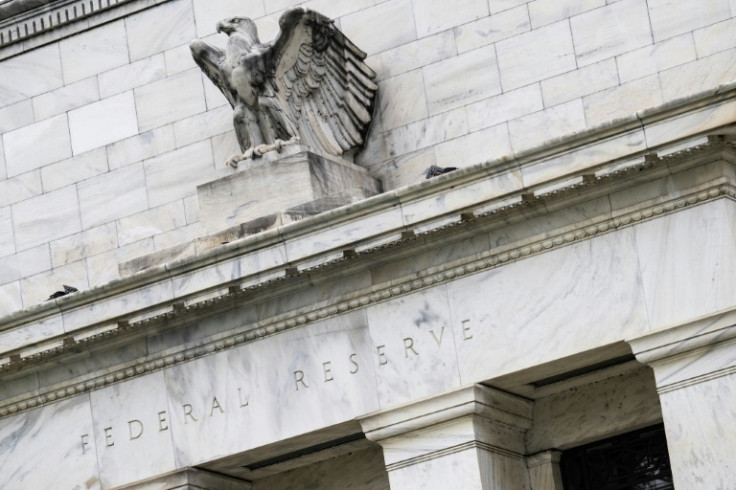The Fed Stays Focused On Inflation, Risking More Bank Failures And An Outright Recession
In its May policy meeting this week, the Federal Reserve reaffirmed its determination to continue fighting inflation, risking more bank failures and an outright recession.
On Wednesday afternoon, the nation's central bank announced another rise in the Federal Funds Rate by 25 basis points and pledged more hikes if needed to achieve price stability, meaning bringing inflation to the official target of 2%.
That was bad news for regional banks. They have already been under pressure from rising interest rates, undermining the value of fixed-income assets purchased in the era of free money. In addition, rising interest rates have been causing a flight of deposits from regional banks to financial firms that pay higher rates.
For some regional banks, the combination of lower asset values and the deposit flight has led to inadequate capitalization and outright failures.
This situation is expected to continue following the new interest hike, with additional bank failures ahead. Thus, the sell-off in regional bank shares on Wednesday afternoon.
Meanwhile, regional banks are expected to tighten their lending standards, worsening a credit crunch already evident in some sectors of the economy, raising the chances of an outright recession.
At least that's what bond traders think these days racing to buy long-maturity bonds, driving bond prices higher and yields lower. For instance, the benchmark 10-year U.S. Treasury bond was trading with a yield of 3.40% on Wednesday afternoon, down from 3.44% on the previous trading day.
Currency and commodity traders are of similar opinions shunning the dollar and economically sensitive commodities like oil.
Meanwhile, equity traders need clarification. On the one side, they are concerned that the weak economy will hurt earnings making equities less appealing to alternative investments.
Conversely, they like the lower bond yields and the prospect of the recession forcing the Fed to cut short-term interest rates, making equity valuations more appealing.
"While the decision to raise the target Fed funds rate by 25 basis points was no surprise, at his press conference Chairman Powell provided some insight to suggest those pundits hoping for a near-term pause in rate hikes may have a reason to be optimistic," Robert Johnson, professor at Creighton University's Heider College of Business, told International Business Times.
Johnson points to Chairman Jerome Powell's explicit reference to the March Fed Statement which had a phrase, "the committee anticipates that some additional policy firming may be appropriate." Powell indicated that at today's meeting, that statement was taken out. "In determining the extent to which additional policy affirming may be appropriate to return inflation to 2% over time, the committee will consider certain factors." The Fed chair said this was a "meaningful change."
"According to the CME Group's FedWatch tool, investors anticipate meaningful rate decreases by year-end," Johnson added. "By December of this year, the most likely range for the target Fed funds rate is 75 basis points lower than the current range of between 500 and 525 basis points."
Michelle Cluver, portfolio strategist at Global X, sees the Fed's recent decision to hike interest rates as a positive thing for markets. "The Fed's 25bps rate hike was in line with market expectations, as was their indication that they could pause, " she told IBT. "This is reasonably positive and what markets were looking for."
Jon Maier, CIO at Global X, sees the bright side of the Fed's action, too, but he's concerned about economic growth and the worsening banking crisis. "The Fed will still consider all of the tightening that has occurred," he said. "This signals a potential shift towards a more cautious approach as the Fed continues to work towards its inflation and employment targets."

© Copyright IBTimes 2024. All rights reserved.






















